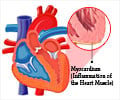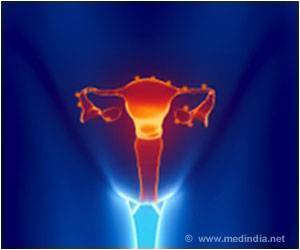A new study has revealed that living in a household with several generations of relatives triples a woman's risk of serious heart disease.
A new study has revealed that living in a household with several generations of relatives triples a woman's risk of serious heart disease.
For the study, researchers examined the long-term impact on health of domestic living arrangements among almost 91,000 Japanese men and women aged between 40 and 69.None of the study participants had been diagnosed with any serious illness, such as cancer, heart disease, or stroke at the start of the study in 1990-4.
They were asked about their personal and family medical histories, perceived stress, occupation, personality, and lifestyle factors, such as diet and exercise.
They were also quizzed about their domestic living arrangements and the family structure of their households.
During the monitoring period, which ended in 2004, 671 people were newly diagnosed with coronary artery disease, 339 died of coronary heart disease, and 6255 died from other causes.
After adjusting for factors likely to influence the results, women who lived with a partner, children, and their parents, or their spouse's parents, were two to three times more likely to be diagnosed with coronary heart disease than women who just lived with a partner.
Advertisement
But it wasn't just women living with parents and children who were at increased risk of serious heart problems.
Advertisement
According to researchers, the presence of other close relatives, especially parents, seems to deter women from unhealthy behaviours, such as heavy drinking and smoking, which could boost their susceptibility to heart disease, the authors point out.
However, they also suggest that the stress of fulfilling multiple roles as daughter/daughter in law, mother and partner probably has a deleterious effect on heart health.
They concluded that over the long term, this is likely to boost levels of stress hormones and inflammatory proteins, which in turn may strengthen the effects of other risk factors, such as high blood pressure, or diabetes.
The study is published ahead of print in the journal Heart.
Source-ANI
SRM















